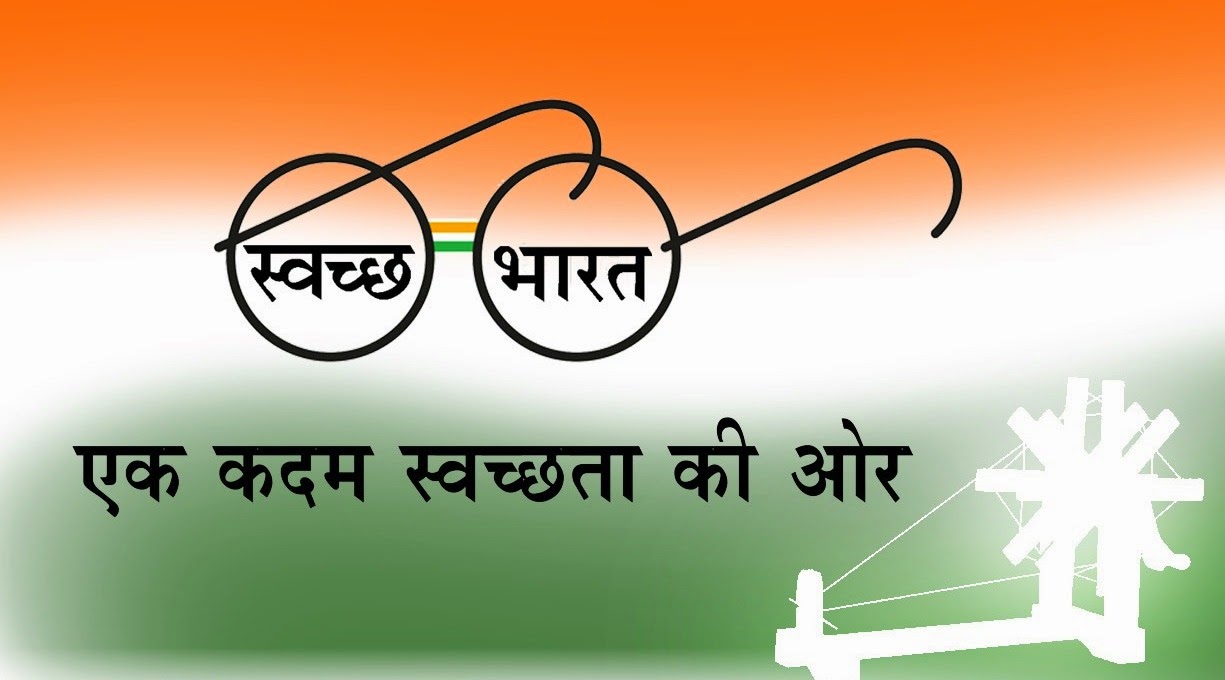Social Science Section
Introduction
The social science section carries out broadly the researches on socio-economic issues of hill agriculture with the objective of carrying the findings of research to the villages of North Western Himalayan Region for socio-economic upliftment of farming community by improvement in agriculture production and efficient utilization of natural resources. Findings of the research activities are instrumental in providing recommendations for developing policies, programmes, models and approaches for sustainable agricultural production in hill regions.
Major Activities
- Characterization of resources, drudgery, nutritional status assessments, constraint analysis, gender mainstreaming and efficient technology transfer strategies are the major research activities.
- Implementation of the extension activities of the institute for technology dissemination.
- Dissemination of improved production technologies through advisory services, publications and exhibitions.
Research on Extension
The scientists carry out basic and strategic research in the areas of extension through the financial support of ICAR and other funding agencies. The salient research achievements of the last five years are as follows:
Occupational Health and drudgery among farmwomen
- Hazard index was prepared for ascertaining occupational health hazards in various production systems. Slip/trip/fall was the most common prevalent hazard in hill farming especially while carrying loads or transporting manure/straw (76.67%). Harvesting (hazard score: 63.78) was reported as most hazard prone activity closely followed by threshing (hazard score: 63.72), manure application (hazard score: 57.0), and winnowing (hazard score: 51.44) in wheat cultivation.
- Drudgery scores of women exclusive and women dominant activities in various crop production activities were characterized. Weeding and harvesting of finger millet were heavy activities with average energy expenditure as 11.89 kJ/min. While carrying out manual puddling of paddy fields, percent increase in heart rate of farmwomen was 18.91 beats/min. Total cardiac cost of work and physiological cost of work were documented as 2015.4 and 217.35 beats, respectively while carrying out manual rice transplanting which categorises the activity as a heavy one to perform. Based on the indices, drudgery-reducing technologies are being intervened among the farmwomen, which can save women from time poverty and increase women’s participation in other productive activities.
Ergonomic evaluation of farm implements for improved occupational health and productivity
Ergonomic evaluation of implements/tools developed for hill farmers was carried out and the extent of drudgery reduction over manual practice has been studied.
- By use of Vivek millet thresher cum pearler, there was reduction in energy expenditure (41.55%) over manual threshing of finger millet.
- VL Chaff cutter reduced the energy expenditure rate of operator (26%) in comparison to hand operated manual chaff cutter.
- Energy expenditure in wheat threshing reduced (15.37%) by use of VL Wheat thresher in comparison to manual threshing of wheat. Manual wheat threshing, which is a moderately heavy activity to perform, can be changed to a light activity to perform by use of VL Wheat thresher, thus reducing physiological stress of farmer.
Women’s dietary diversity and agriculture-nutrition linkages
Nutrition sensitive approach was promoted at local level with active participation of women who are mainly responsible for food security of the households.
- The analysis of the information on food consumption pattern of the farm women in hills suggests that average per capita intake of cereals by farm women in low, mid and high hills was 12.5, 8.6 and 7.7 per cent less than Recommended Dietary Intake (ICMR), respectively. Average per capita intake of pulses was 56.1, 60.1 and 53.7 per cent less than RDA in low, mid and high hills, respectively.
- Except for roots and tubers, the intake of all the other food groups was lower than recommended level in all the three regions of hills. Majority of the farm women of all the three regions were consuming protein and energy less than Recommended Dietary Allowance (RDA). A far as calcium intake is concerned, 11.5, 17.5 and 24 per cent respondents from low, mid and high hills were consuming calcium more than RDA.
- Well-planned nutrition gardens were established at farmers’ field in participatory mode to ensure regular supply of fresh vegetables rich in nutrients along with behaviour change communication techniques for sustainability. The interventions increased the dietary diversity scores of women with significantly improved knowledge, attitude and practise scores.
- Minimum Dietary Diversity for Women of Reproductive age was calculated before and after the implementation of interventions with the same set of respondents. More than 90 per cent of women achieved minimum dietary diversity and are more likely to have more adequate micro-nutrient intake.
Impact of constrained and unconstrained choices on adoption of improved agricultural practices by farmers
Study was conducted with farmers of areas with and without intervention, to compare the differences between choices made by farmers under unconstrained condition and farmer’s actual (constrained) practices of recommended agricultural practices in finger millet cropping system.
- In the absence of constraints (unconstrained condition), almost all farmers chose to use improved varieties, right sowing time, proper irrigation and right stage of harvesting in finger millet and lentil crops. Whereas, data shows that in case of seed treatment, seed rate, method of sowing, disease and pest management still some farmers are hesitant to adopt recommended agricultural practices in finger millet and lentil crops.
- Demonstrations of improved finger millet varieties along with package of practices showed increase in number of farmers who chose to adopt improved agricultural practices like improved varieties, seed rate, thinning, intercultural operations and stage of harvesting. Only 29% farmers adopted line sowing as method of sowing as mixed cropping of finger millet with pulses like horse gram and black gram is prevalent in the area.
Communication profile and information use behaviour of hill farmers of Uttarakhand
- Communication profile of hill farmers, media ownership and information seeking behaviour were ascertained. Information needs of farmers were assessed and need based tailor made content was developed for farmers. Media was selected in participatory mode and messages were treated as per participatory learning technique. Need based information materials like videos, print material, and a mobile App for hill farmers have been prepared.
- Information search behaviour of farmers reveled that most of the farmers fell into low searcher category (43.93%) followed by high searchers (36.79%) while only a few (19.27%) fell into moderate searchers category. It can be inferred that majority of farmers were not making use of multiple information sources.
Information dissemination and information empowerment of hill farmers
To bring a shift to our existing extension system, which will provide a better decision making among the farmers, the institute has initiated some innovative mechanisms.
Institute Need Based SMS Service and m-Kisan portal
- The institute is providing general agro-advisories to hill farmers through mKisan portal. Besides this, a Need Based Mobile SMS service is providing advisories related to varieties, crop protection measures, nutrient management, farmer’s fairs/field days, seed production, government schemes, etc to registered farmers groups based on crop grown, location and activities engaged in.
- A Voice based messaging service Vivek Krishi Voice Message Service was also initiated which provides proper and timely management of standing crops to registered farmers on Recorded Voice Message.
Krishak Helpline Telephone Seva
- Institute has a dedicated helpline Krishak Helpline Telephone Seva (1800-180-2311), for farmers to answer their queries related to hill agriculture.
- Content analysis of advisories provided to farmers shows that majority of the advisories (80%) were related to other information (employment opportunities, tenders, agriculture related schemes etc), seed availability (14.4%) and mushroom cultivation (9.9%).
Krishi Samridhi radio programme
- A radio talk-based programme Krishi Samridhi is being organized in which expert/ scientist delivers talk on season-based topics on hill agricultural practices. The radio-based extension programme is intended to reach farm families living in remote locations of Uttarakhand hills so that they can have easy and timely access to scientific agricultural information.
Sustainable collective actions for farmers
The institute has been instrumental in mobilizing farmers through collective action.
- Three farmers’ clubs formed by the institute are acknowledged by NABARD and Self-help groups have been formed for effective technology transfer.
- In order to carry out marketing of farmers produce in organized way, farmers Producer Organisation (FPO) named as Vivekananda Krishi Utpadan Swayatt Sahkarita has been formed and registered under Self Reliant Cooperative Act.














